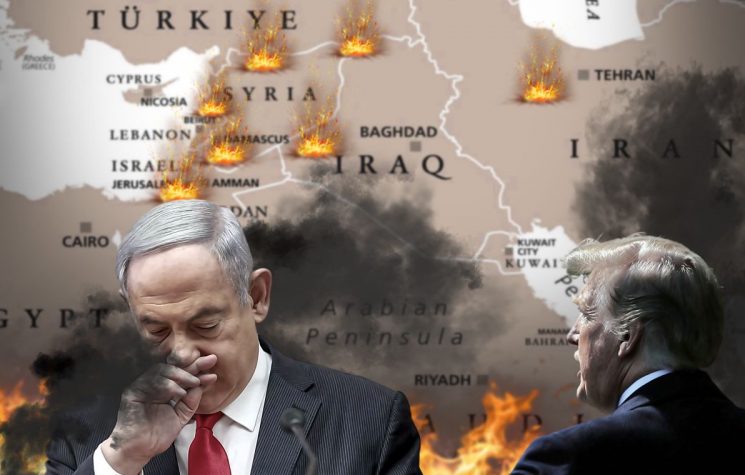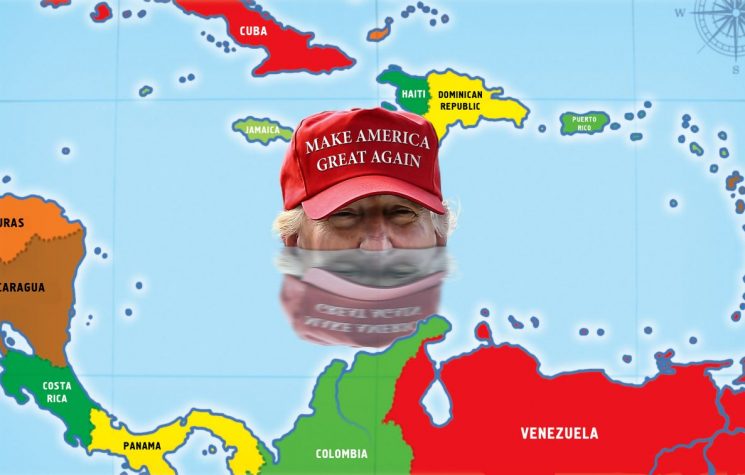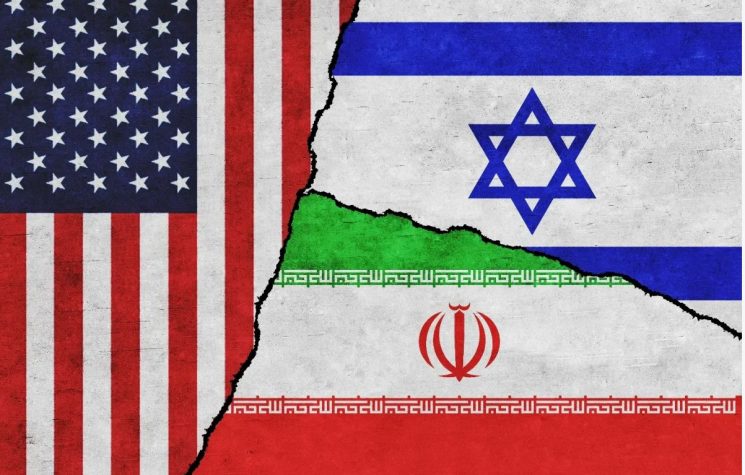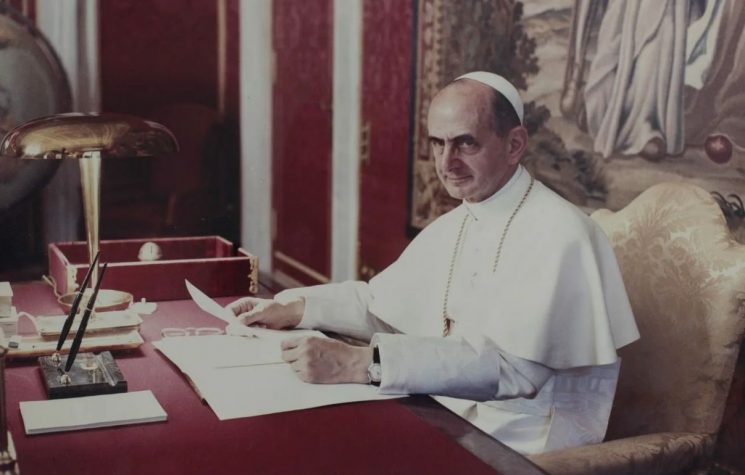The blurring of established and demarcated space has gradually permeated from the military into the Israeli political sphere, Alastair Crooke writes.
❗️Join us on Telegram![]() , Twitter
, Twitter![]() , and VK
, and VK![]() .
.
Contact us: info@strategic-culture.su
The late Ariel Sharon, a long-time Israeli military and political leader, once confided to his close friend Uri Dan that, “the Arabs had never genuinely accepted the presence of Israel … and so, a two-state solution was not possible – nor even desirable”.
In the minds of these two – as well as for most Israelis today – is the ‘Gordian Knot’ that sits at the heart of Zionism: How to maintain differential rights over a physical terrain that includes a large Palestinian population.
Israeli leaders believed that in Sharon’s unconventional approach of ‘spatial ambiguity’, Israel was close to evolving a solution to the conundrum of managing differential rights within a Zionist majority state, which includes substantial minorities. Palestinians, many Israelis believed (until recently), were being successfully contained in a striated political and physical space – and were even being “disappeared” from significance – only for Hamas, on 7 October, to blow apart that whole elaborate paradigm.
This event has triggered a widespread and existential fear that the Zionist project could possibly implode, were its Zionist exceptionalist foundations to be rejected by a wide resistance ready to take the issue to war.
U.S. journalist Steve Inskeep’s recent piece – Israel’s Lack of Strategy is the Strategy – brings into focus the seeming paradox: That whilst Netanyahu is very clear about that which he does not want, he at the same time remains obstinately opaque about what he does want as a future for Palestinians living on a shared terrain.
For those who think that Middle East peace might (or should) be Netanyahu’s goal, this opacity appears as a serious ‘flaw’ to resolving the Gaza crisis. However, if Netanyahu (backed by his cabinet, and a majority of Israelis) offers no strategy for peace with the Palestinians, then perhaps its omission is not ‘a bug’, but is its feature.
To understand the underlying oxymoron, you have to grasp why Ariel Sharon and Uri Dan ‘said what they said’, and understand how Sharon’s military experience from the 1973 War effectively has shaped the entire Palestinian paradigm. In 2011, I wrote a piece in Foreign Policy which postulated that Sharon’s notion of Palestinian Permanent Ambiguity was – and has been – the Zionists’ principle answer to how to bypass the paradox inherent within Zionism. Thirty years later, it still lurks in all of Netanyahu’s (and Israeli leaders across the political spectrum’s) recent pronouncements.
Even in 2008, Foreign Minister (and lawyer), Tzipi Livni, was spelling out why “Israel’s only answer (to the issue of how to maintain Zionism) was to keep the State’s borders undefined – whilst holding on to scarce water and land resources – leaving Palestinians in a state of permanent uncertainty, dependent on Israeli goodwill”.
And I noted in a separate piece:
“Livni was saying that she wanted Israel to be a Zionist state – based on the Law of Return and open to any Jew. However, to secure such a state in a country with very limited territory – means that land and water must be kept under Jewish control, with differential rights for Jews and non-Jews – rights that affect everything, from housing and access to land, to jobs, subsidies, marriages and migration”.
A two-state solution inherently therefore, did not solve the problem of how to maintain Zionism; rather, it compounded it. The inevitable demand for full equal rights for Palestinians would bring the end of Jewish ‘special rights’, and of Zionism itself, Livni argued – a threat with which most Zionists concur.
Sharon’s answer to this ultimate paradox, however, was different:
Sharon had an alternative plan for managing a large non-Jewish ‘out-group’, physically present within a Zionist State of differentiated rights. Sharon’s alternative amounted to frustrating a two-state solution within fixed borders.
This suggested a very different thinking, at odds with what has been long presumed by the international consensus to wit: that a two-state solution would eventually emerge – come what may – because it was in Israel’s ultimate demographic interests that it should.
The roots to Sharon’s ‘alternative’ lay with his radically unorthodox military thinking on how to defend the then-occupied Sinai from the Egyptian Army during the war with Egypt in 1973.
The 1973 Israeli-Arab war outcome thoroughly vindicated Sharon’s doctrine of a network defence based on a matrix of elevated strong points spread throughout the depth of the Sinai – a framework that acted as an extended spatial ‘trap’ providing Israelis with a high level of mobility, whilst paralyzing the enemy caught within its matrix of interlocking strong points.
(If the reader notices the similarity of approach to the Israeli strategic locii of settlement ‘strong points’ spread across the West Bank today, it is no coincidence!).
Sharon envisaged the depth of the West Bank in its entirety as one extensive, permeable and temporary ‘frontier’. This approach could thus disregard any thin-nibbed pencil line, drawn to denote some political border. This framework was intended to leave Palestinians in a state of permanent uncertainty, caught within a matrix of interlocking settlements, and subject to Israeli military intervention at Israel’s sole discretion.
In 1982, Sharon drew up his “H” plan matrix of strong-point settlements for the West Bank that would mirror the Sinai strategy. This defensive strategy, however, also had the effect of imbuing ‘settler Zionism’ with new purpose and legitimacy.
The success of this strategy thus saw it transposed from being an essentially military defensive structure (to paralyse the Palestinians within a matrix of IDF strongpoints) to become subsequently the basis for managing the Palestinians more broadly. It was, over the years, to become more repressive, more iniquitous and resented. And ultimately, it seeded the apartheid two-state solution.
When Ariel Sharon ‘dragged’ out the very edges of Israel’s border line and ‘dropped’ them on either side of the West Bank, effectively he was saying that the West Bank settlers are the spatially extended frontier line of the pre-1967 territory, as much as he had stretched Israel’s frontier through the strong-point matrices in the Sinai.
This was precisely the point of his vision: It does not matter whether Israel is the pre-1967 or post-1967 land – all borders were fluid and shape-shifting, in his view. Sharon’s extended, elastic, permeable, matrix-trap ‘frontier’ thus began the process – in the military sphere – of blurring the distinctions between a political inside and outside. This, together with Sharon’s concept of ‘disrespected’ space, became the established Israeli military doctrine.
“We want to confront the striated space of traditional, old-fashioned military practice with smoothness that allows for movement through space and one which crosses any borders and barriers without impediment. Rather than contain and organize our forces according to existing borders, we want to move through them”, one senior Israeli officer noted in 2006.
Crucially, the blurring of established and demarcated space has gradually permeated from the military into the Israeli political sphere. Additionally, the principle of blurring of that which is inside with that which is outside has been extended into the political and legal space of the Occupied Palestinian Territories. It has permitted the fashioning of a two-layered space, subjecting Israeli Jews and Palestinian Arabs each to different matrices of mobility and administrative treatment.
Differentiated legal and administrative space thus solidified the Zionist political principle of differential political rights too. This two-tier system provides for Palestinian political exclusion, but maintains Palestinian dependency and legal inclusion under the Israeli apparatus of control. The system essentially is one of sovereign exception which philosophers such as Carl Schmitt and Giorgio Agamben have addressed.
Fast forward to today: Once you make explicit that the overriding objective is that of maintaining Zionism, everything that Netanyahu is doing then makes sense. The crux of the problem is unchanged: The inherent contradiction of an exceptionalist Zionist state incorporating a substantial non-Jewish out-group without rights – whether it be held in the fenced ghetto of Gaza, or in a West Bank ‘settler stronghold matrix’ – has become untenable.
Once the bifurcation ‘system’ of Ariel Sharon breaks down (as it did on 7 October), notions such as Blinken’s “day after” proposals for Gaza cast doubt on the viability of the Zionist project per se. Put plainly, Zionism will need to be re-thought – or abandoned.
So too, the West’s policy responses will need re-visiting. Well-intentioned platitudes about a two-state ‘solution’ are years too late. Too much water has flowed under the bridge. Rather, the West might begin to consider the implications of defeat for those who have embraced a side to this conflict. It is more than just Israel in Gaza that is in the dock at the Hague, much else is too (from the perspective of the Global South).
Could this Israeli ‘exclusionary inclusion’ really have persisted? The Sharonite techno-spatial political system, in spite of its claim to philosophical legitimacy, after all, is at root, no more than an evolution of the paradigm associated with a key Zionist strategist, Vladimir Jabotinsky: i.e. a different way to make Palestinians ‘disappear’.
And if the Palestinian out-group cannot be made ‘to disappear’ by techno-spatial constructs, it would not be surprising were the logic of the situation to lead Netanyahu and his government back to Sharon’s original strategy of radical disrespect for military space and political borders – to surprise and create an extended spatial trap for the Palestinians (much as Sharon did with the Egyptian army).
“Israel is the state of the Jewish people”, Livni underlined in 2008 – stressing the Zionist ‘bottom line’ – “and I would like to emphasise the meaning of “its people” is the Jewish people, with Jerusalem the united and undivided capital of Israel and of the Jewish people for 3007 years”.
































